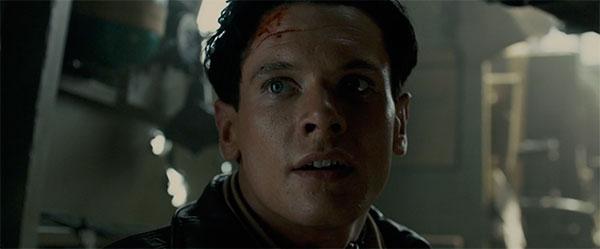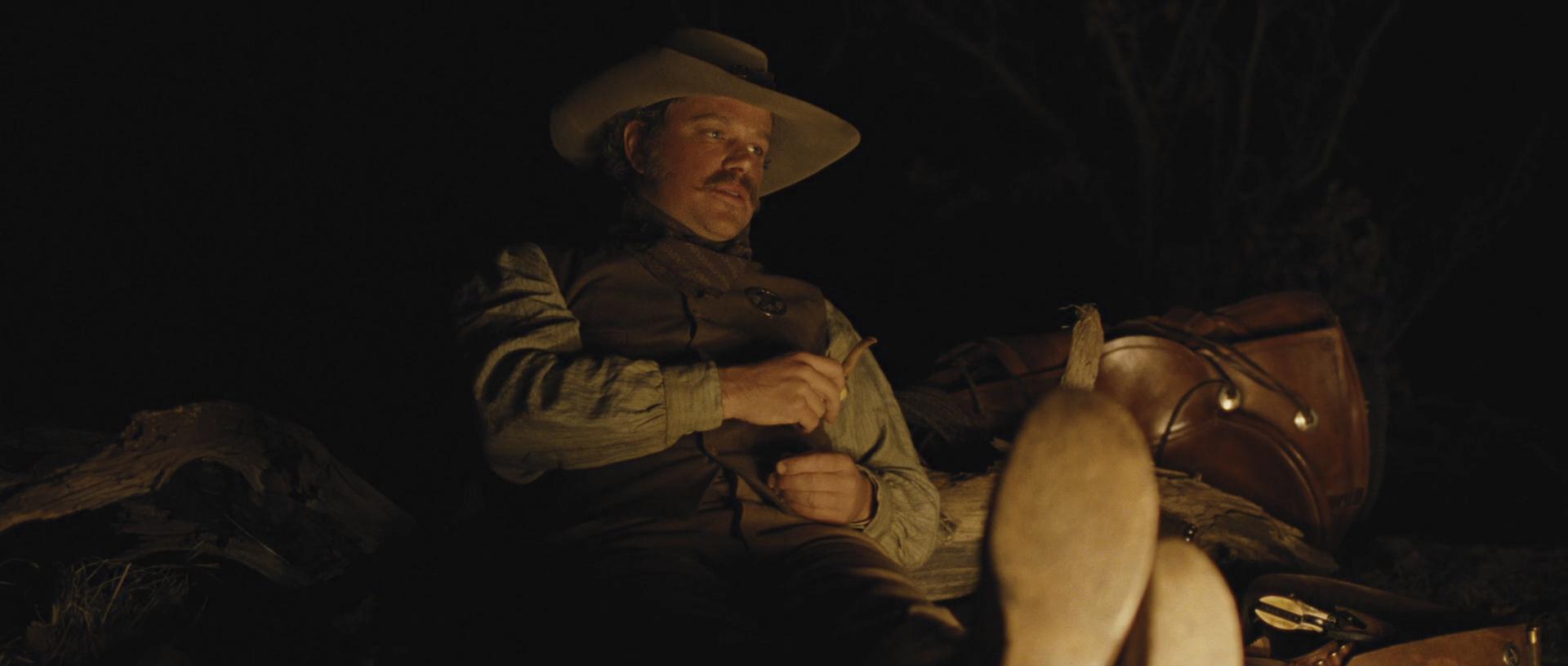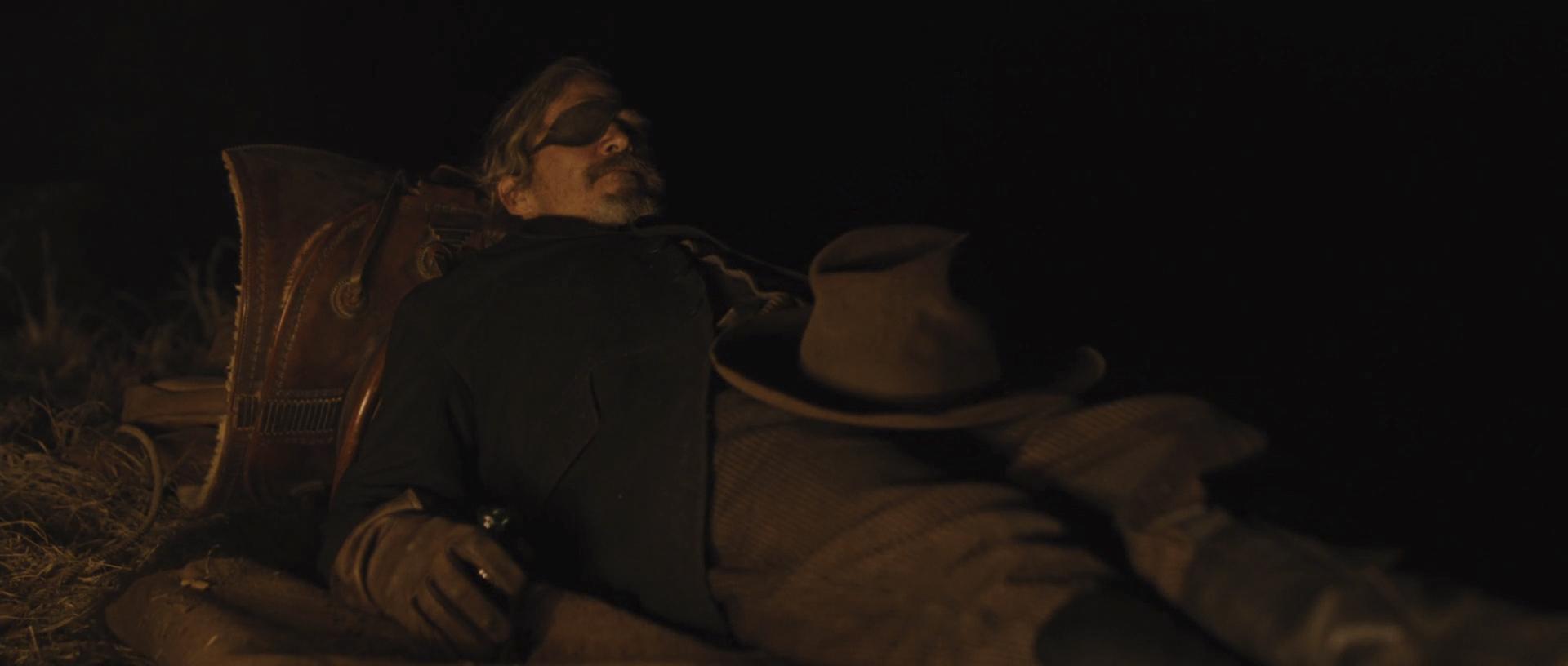-
Search Results
-
Topic: Place scene-Unbroken
Hello Roger, hope your doing good!
I have few of questions regarding the plane scene of Unbroken.
According to your first lighting diagram, the space lights were gelled with 1/2 BWE and 251. Do you remember if you did gel them at the end? If yes, why did you gel the top lights but not blondies and the redheads? Do you remember if you did set the camera to 3200k?
This one below is another image which I can’t fully understand. Let’s say the camera was rated 3200k, the blondies and the redhead had no gels and the top lights was with 1/2 CTB, did you bounce something with a temperature around 4300K in order to get this natural colder feeling?

Thank you!
Ale
Topic: Night Wide Lighting Advice
I’m shooting a short western in a couple of weeks and am looking for advice in the face of budget cuts.
Initially, I was planning on using two molefays (9-light 650-watt par globes), but due to budget cuts, I can’t afford the generators to power them. Initially, I was going to push them through a 4×4 of ½ ctb, and a 12×12 frame of lite grid or half soft frost and balance the camera to 3200k. The Molefays were ideal because the can throw a lot of light quite far.
My main option that works with the budget is to use two Joker2 1600-watt HMI’s to light this wide night exterior around a campfire. We’re using a practical fire as the key, and supplementing any additional light for the fire with an LED with a fire effect. My main concern is that I’ll be under-exposed or have to sacrifice my frame or desired quality of light for the wides to achieve an f/2.8, which is wide open for the lens set. I thought to shoot one joker through the trees without any diffusion to maximize the throw of exposure, edge the trees, and give shape to the background, so it isn’t just dark. For the other Joker, I would go through half soft frost to light the background closer to talent and give a soft edge on the actors. My main goal with the HMI’s is to light the area and not the talent.
Do you think I should use both HMI’s bare of diffusion and go for harsh moonlight? Should I get one Molefay (Affordable at slight sacrifice) and use that through a 12×12 silk, or as a harsh source? Will the fire beat the HMI in intensity? Any other additional suggestions on how to approach this?
I’d appreciate any feedback or opinions on this!
Hi Roger and community,
I am currently doing a research paper for my school, and I am tasked with answering the question: “Reading the film stock curve and selecting a stock based on their color & contrast representation.”
I’ve done some preliminary research into the subject, reading Kodak’s Sensitometry Workbook along with a handful of film manuals at the library, and have interpreted the essay prompt as “How can the characteristic curve and spectral-sensitivity chart inform a decision on how a film stock will perform?”
I decently understand the concepts of contrast/gamma, how to feel out latitude of a stock from a quick glance at its D logE cuve, and the differences in sensitometry between reversal and negative stocks.
However, I wanted to reach out to the community and ask any cinematographer who has worked a lot with film – or is currently working with film on a show – how reading the spec sheet has informed your decision on a film stock. What did you do with the information? How has it led to your testing phase? Is it even important in the end versus real life testing?
In addition, I had one technical question that deals with the RGB curves in the D logE chart when it comes to normal process vs push/pull process.
As an example, let’s take a look at Kodak 200T listed at this pdf link below:
https://www.kodak.com/content/products-brochures/Film/VISION-200T-Sellsheet_US_4PG-EN.pdf
In the contrast curve (named “sensitometric curve”), it appears that Blue and Green curves are slightly steeper when compared to the Red curve. I want to confirm that this means the gamma of the individual channels for blue and green are higher, meaning there is “higher contrast in those colors.” Practically, this means that I can expect more Blues and Greens as exposure go up into the highlights, versus the shadows?
Furthermore, say I push this stock by 1-stop. If I charted the resulting sensitometric curve of the developed negative, the toe would remain the same… but the shoulder would be lifted by that 1-stop compensation. Does this 1-stop push get evenly spread across the RGB channels? If so, does that means the steeper gammas of Blue/Green compared with the Red channel becomes even more exaggerated? In theory, I would expect some more blue/green in the highlights?
Please let me know if I have this concept wrong. Also, would love to hear any of your personal experiences or thoughts on this topic as a whole.
Thank you
Sam
Topic: Aspect Ratios
Hi Roger!
I was curious about your thought process when it comes to picking an aspect ratio for a film. Why, for instance, did you choose a 1.78 ratio for “Prisoners” and “A Serious Man,” while going with 2.39 for “Sicario” and 2.35 for “No Country for Old Men?” Do you feel like there are advantages one aspect ratio gives over the other?
I was also curious how you feel about the increasingly popular 2:1 ratio.
CBE, ASC, BSC


